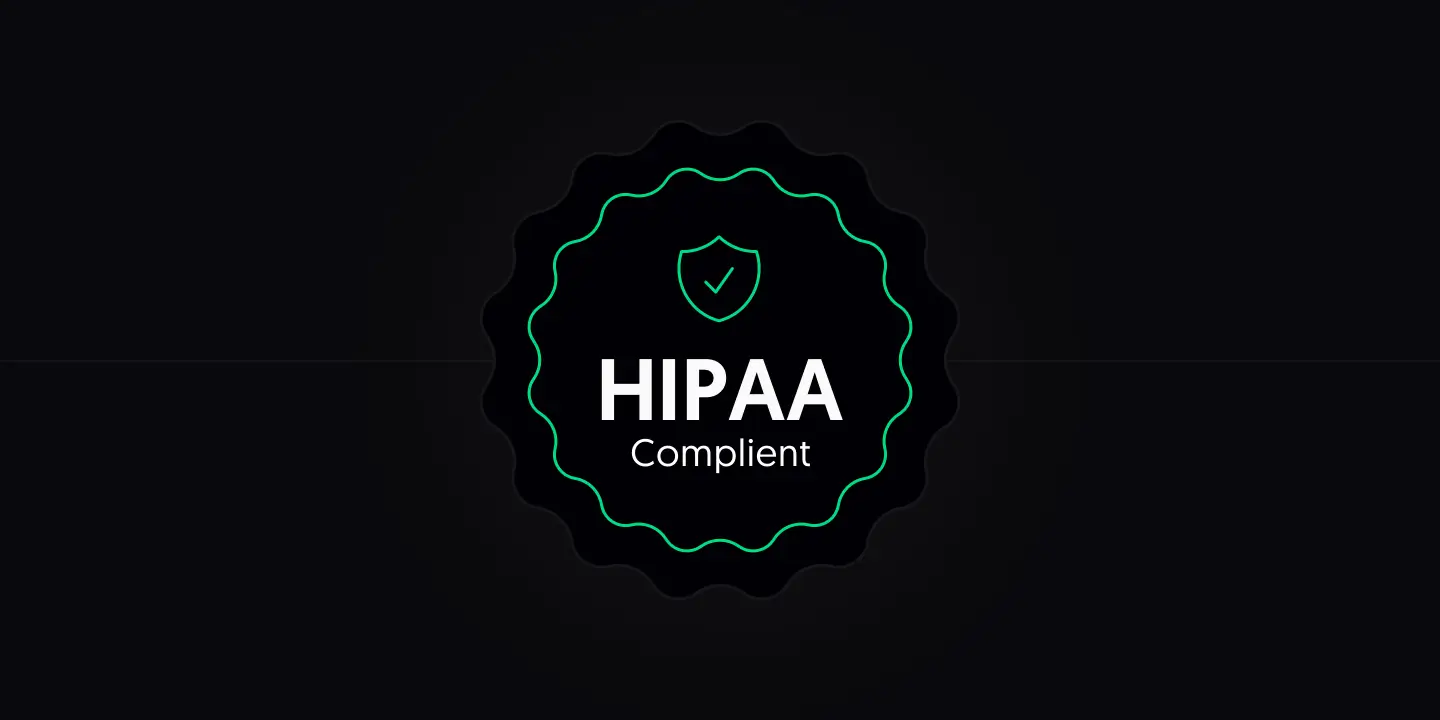
The Health Insurance Portability and Accountability Act of 1996 (HIPAA) is a cornerstone of privacy and security in the healthcare sector in the United States. Designed to safeguard individuals’ medical information, HIPAA introduces a comprehensive framework for the protection, handling, and sharing of personal health information (PHI).
Understanding HIPAA’s Core Provisions
HIPAA’s regulations are pivotal in ensuring the confidentiality and integrity of patient health information. The act empowers individuals with rights over their medical records, including the ability to request access to and amendments of their records. Moreover, it mandates transparency regarding how health information is used and shared, establishing clear guidelines for the permissible disclosures of PHI without patient consent.
The Structure of HIPAA
HIPAA is organized into five main titles, each addressing different aspects of health information protection and healthcare access:
- Title I: HIPAA Health Insurance Reform: Focuses on the protection of health insurance coverage for workers and their families when they change or lose their jobs.
- Title II: HIPAA Administrative Simplification: Introduces standards for the electronic exchange, privacy, and security of health information.
- Title III: HIPAA Tax-Related Health Provisions: Details tax-related provisions and guidelines for medical care.
- Title IV: Application and Enforcement of Group Health Plan Requirements: Specifies conditions for group health plans regarding coverage and pre-existing conditions.
- Title V: Revenue Offsets: Includes provisions on company-owned life insurance and treatment of individuals who lose their U.S. citizenship for income tax purposes.
HIPAA’s Impact on Digital Accessibility
In the digital era, HIPAA compliance extends beyond the physical handling of medical records to encompass electronic health records (EHRs), digital communications, and online healthcare services. Ensuring digital accessibility under HIPAA means that healthcare providers, insurers, and related entities must implement secure, accessible electronic systems that protect PHI while providing patients with the required access and control over their information.
The Importance of Compliance
Adhering to HIPAA regulations is not only a legal requirement but also a critical component of building trust with patients. Violations of HIPAA can lead to significant penalties, including fines and legal action, underscoring the importance of robust compliance programs. Healthcare entities must be diligent in their efforts to secure PHI, educate their workforce on compliance requirements, and establish clear policies and procedures for managing health information.
Conclusion
HIPAA remains a fundamental piece of legislation in the protection of patient health information in the United States. As healthcare continues to evolve with technological advancements, the principles of HIPAA provide a framework for ensuring that individuals’ health information is handled with the utmost care and respect. Compliance with HIPAA is essential for maintaining the integrity of the healthcare system and safeguarding the privacy rights of individuals in the digital age.